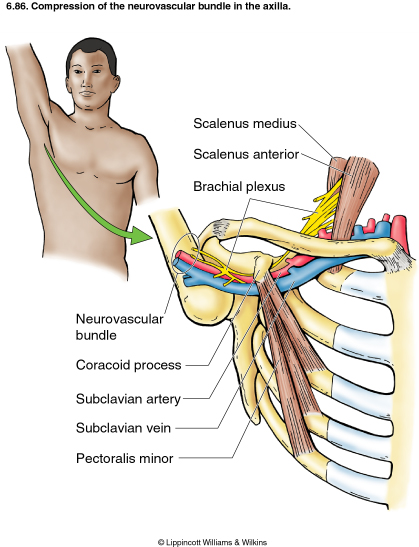Understanding Thoracic Outlet Syndrome and Its Impact

Introduction
Thoracic Outlet Syndrome (TOS) is a condition that affects the nerves and blood vessels in the lower neck and upper chest area. Understanding TOS is crucial as it can significantly impact an individual’s quality of life, causing pain, numbness, and other debilitating symptoms. With an increasing number of cases being reported, awareness of the syndrome’s symptoms and treatments is more important than ever.
Understanding Thoracic Outlet Syndrome
TOS occurs when there is compression of the nerves or blood vessels in the thoracic outlet — an area bounded by the collarbone and the first rib. This compression can lead to a range of symptoms including neck pain, shoulder pain, arm pain, numbness, and tingling in the fingers. Recent studies suggest that TOS could affect up to 8% of the population, with common factors contributing to the condition being poor posture, trauma, repetitive injuries, and anatomical abnormalities.
Recent Developments and Diagnosis
Recent developments in medical imaging techniques, such as MRIs and ultrasounds, have helped physicians diagnose TOS more accurately. A comprehensive diagnosis often involves a detailed patient history, physical examination, and imaging studies to rule out other causes of symptoms. Furthermore, increased public awareness has also led to early detection and treatment, potentially preventing the progression of the syndrome.
Treatment Options
Treatment for thoracic outlet syndrome varies based on the severity of symptoms and underlying causes. Non-surgical treatments such as physical therapy, pain management, and lifestyle modifications are commonly recommended for mild cases. Weight loss, postural improvements, and ergonomic adjustments can prove beneficial. However, for those with severe symptoms or when conservative treatment fails, surgery may be an option to decompress the thoracic outlet and relieve pressure on the affected nerves and vessels. Surgical interventions have reported encouraging success rates, with many patients experiencing significant improvement in symptoms.
Conclusion
Thoracic Outlet Syndrome remains a significant, yet often misunderstood condition that can lead to chronic pain and mobility issues if left untreated. With rising awareness and diagnostic advancements, individuals suffering from TOS may find relief options more readily accessible than before. It is essential for affected individuals to consult healthcare professionals for appropriate diagnosis and tailored treatment plans. As research continues to progress, the hope is that management of TOS will improve, enhancing the quality of life for many patients.









